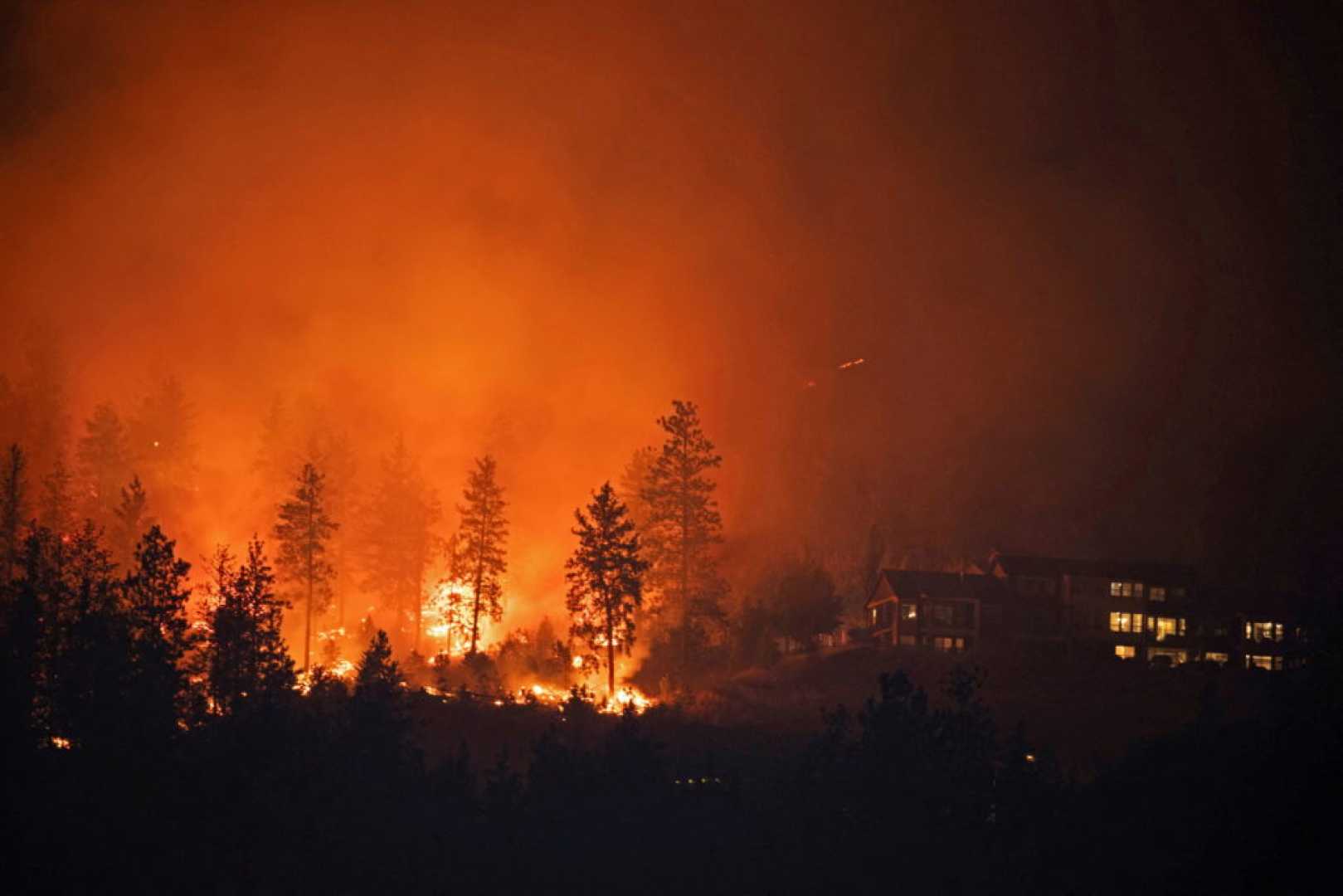News
Canada Faces Historic Wildfire Season with Unprecedented Damage

OTTAWA, Canada — Wildfires are raging across Canada, burning more land this year than in nearly all prior seasons. More than 3.15 million hectares have been scorched so far, surpassing the 25-year average of 2.95 million hectares, according to data from the Canadian Interagency Forest Fire Centre.
The wildfires stretch from northern British Columbia and Alberta southeast to Ontario, with new fires igniting recently due to lightning strikes. The most significant fire activity has shifted westward, fueled by high heat in the region and increased rainfall in central Canada.
Smoke from the wildfires is impacting air quality across much of southwest and south-central Canada. Cities like Edmonton and Regina are under air quality alerts, with conditions reaching Code Red in the morning. Locations near Alberta report hazardous air quality.
Five provinces are currently battling massive wildfires, each exceeding 100,000 hectares in size. British Columbia is fighting 86 active fires, including two major blazes that have burned more than 200,000 hectares combined. One fire, suspected to have smoldered through the winter, has prompted evacuation orders for rural indigenous communities.
Alberta is dealing with 60 active wildfires, five of which exceed 50,000 hectares and are classified as out of control. The largest fire, ignited by lightning, is burning north of Edmonton in forested oil country and covers over 130,000 hectares.
Saskatchewan’s Shoe Fire is the largest in Canada, exceeding 500,000 hectares, forcing evacuations from 33 rural communities. Although conditions have recently improved, hotspots remain, particularly on the southern flank.
In Manitoba, five out-of-control fires are burning, the largest of which has burned over 300,000 hectares near Flin Flon. Conditions have stabilized due to increased moisture. In Ontario, the most substantial blaze is at least 150,000 hectares, with several smaller fires around Kenora being subdued by recent rain.
Natural Resources Canada reports that fire danger ranges from low to moderate from Manitoba eastward, but risks remain high in Saskatchewan, Alberta, and British Columbia. Forecasters warn that the threat could rise again with the return of drier, warmer conditions.
Typically, the fire season in Canada peaks from summer to early autumn. However, experts note that warming temperatures driven by climate change are causing longer fire seasons, with devastating effects. This year follows the unprecedented 2023 season, which saw 17.3 million hectares burned, far exceeding previous averages.












